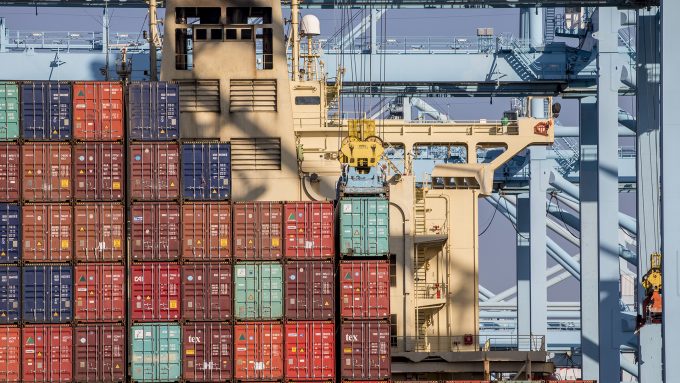More luck than judgment? Top 10 box lines enjoy elusive balance
Something of a sweet spot?

The deluge of new containership deliveries continues, the extra capacity driving down freight rates and prompting carriers to improvise new strategies as they face a depressing financial outlook .
According to Clarksons Research data, the container fleet will have grown by 7.3% by the end of ...

Comment on this article